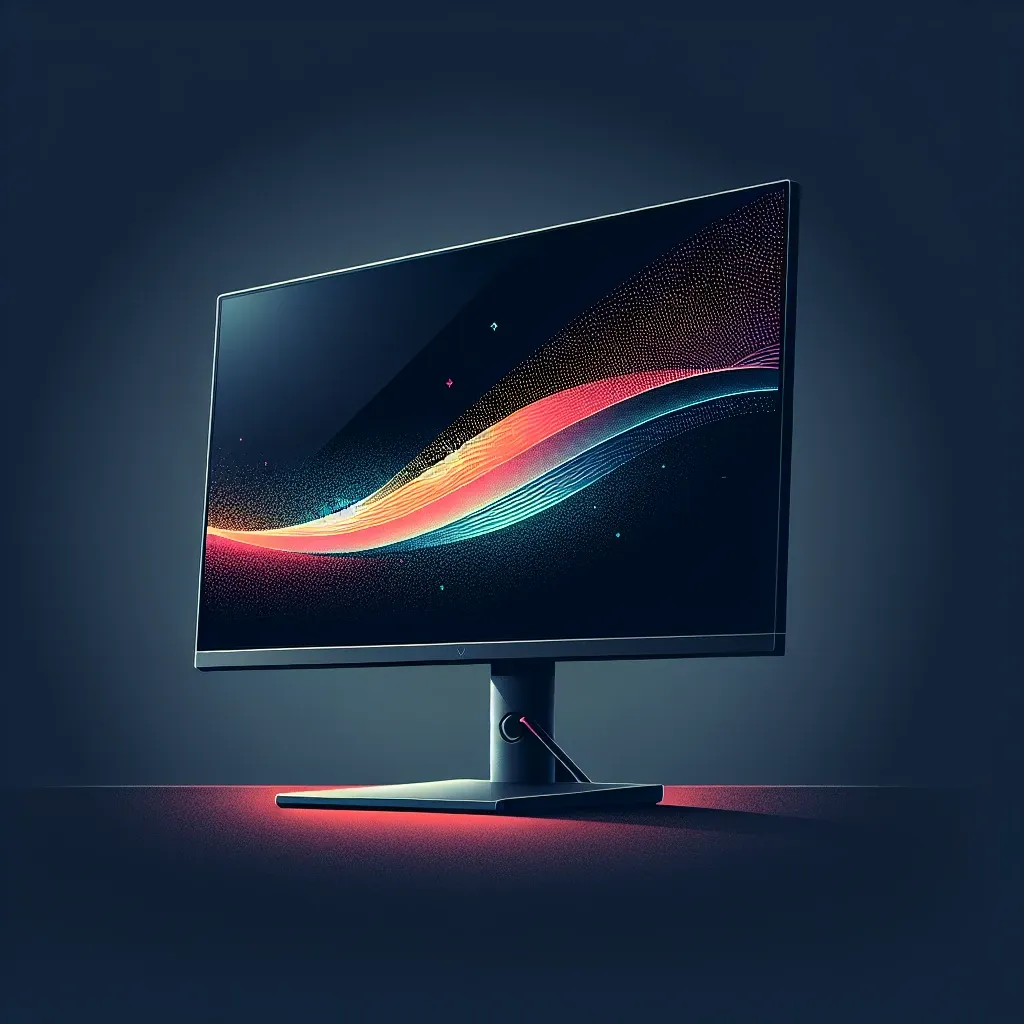What is a Widescreen OLED Monitor?
Widescreen OLED monitors have become an increasingly popular choice for those seeking high-quality display technology. This article aims to provide a comprehensive overview of what a widescreen OLED monitor is, its benefits, and its applications in everyday use.
| Feature | Description |
|---|---|
| Display Type | OLED (Organic Light Emitting Diode) |
| Aspect Ratio | Typically 21:9 |
| Resolution | Ranging from Full HD to 4K |
| Color Accuracy | Superior, true-to-life colors |
| Contrast Ratio | High, often approaching infinite |
| Response Time | Very fast, typically 1ms |
Understanding Widescreen OLED Monitors
OLED, or Organic Light Emitting Diode, is a type of display technology that uses organic compounds to emit light when an electric current is applied. Unlike traditional LED displays, OLEDs do not require a backlight, allowing for thinner screens and more vibrant colors.
Key Features of Widescreen OLED Monitors
- Aspect Ratio: Most widescreen OLED monitors come with a 21:9 aspect ratio, which is wider than the conventional 16:9. This aspect ratio is particularly useful for multimedia consumption and multitasking.
- Ultra-high Contrast: OLED technology provides superior contrast ratios, often approaching infinite, due to its ability to turn individual pixels completely off.
- Color Accuracy: These monitors offer outstanding color accuracy and wide color gamut, making them ideal for tasks that require precise color reproduction, such as photo and video editing.
- Thin Design: The lack of a backlight means OLED screens can be extremely thin, contributing to a sleek and modern aesthetic.
- Energy Efficiency: OLEDs are generally more energy-efficient as they only light up the necessary pixels, which can also extend the lifespan of the display.
Advantages of Widescreen OLED Monitors
The advantages of using a widescreen OLED monitor are numerous and cater to a variety of needs from professional use to entertainment. Some of the most significant advantages include:
Enhanced Viewing Experience
With a wider aspect ratio and superior color accuracy, widescreen OLED monitors offer an immersive viewing experience. This is particularly beneficial for gaming and watching movies, where a larger field of view enhances the user experience.
Gaming
For gamers, the fast response times and high refresh rates of OLED monitors can lead to a more responsive and immersive gaming experience. The 21:9 aspect ratio also provides a broader field of view, useful for competitive gaming.
Professional Work
Professionals, especially in fields like graphic design and video editing, benefit from the high color accuracy and wide color gamut. These features ensure that the visuals they are working on are accurate and true to life.
Entertainment
For movie enthusiasts, an OLED’s deep blacks and high contrast ratios bring cinematic visuals into the home, offering a superior movie-watching experience.
Applications of Widescreen OLED Monitors
In the Workplace
In professional environments, widescreen OLED monitors are invaluable tools. Their superior color accuracy and wide aspect ratio make them ideal for detailed work in graphic design, video editing, and animation. Additionally, the ability to have multiple windows open side by side improves productivity and workflow efficiency.
At Home
For home use, these monitors provide a high-quality display for various activities such as gaming, streaming, and general computing. Their thin design and energy efficiency also make them an attractive and practical addition to home setups.
Conclusion
Widescreen OLED monitors represent the pinnacle of current display technology. With superior color accuracy, high contrast ratios, and a wide aspect ratio, they offer a versatile solution for both professional and personal use. Whether you’re a gamer, a creative professional, or a movie buff, a widescreen OLED monitor can significantly enhance your visual experience.

